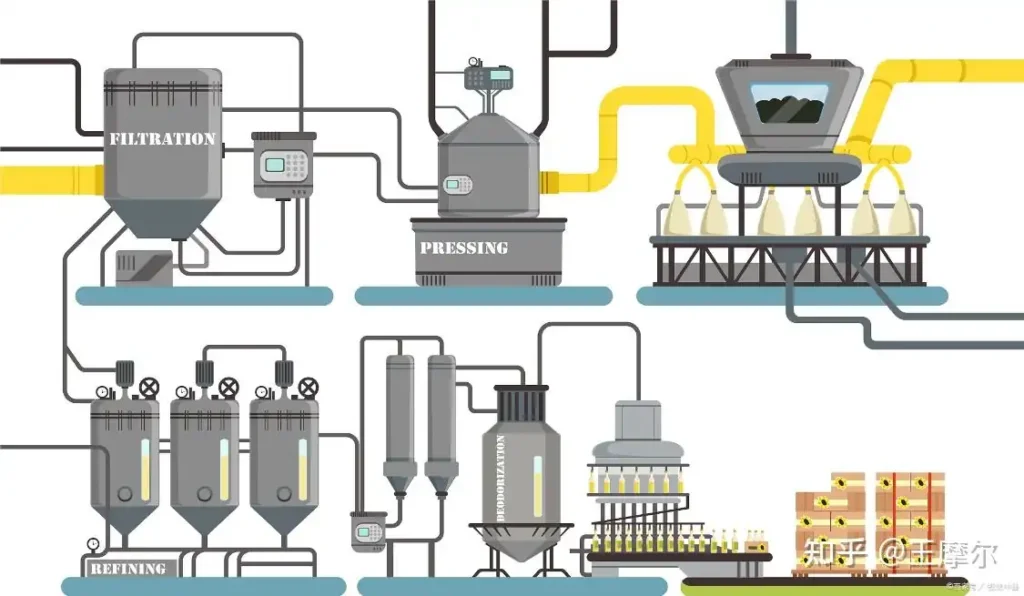In hydrometallurgy, the extraction of metals such as gold, silver, and copper mainly relies on acidic or alkaline solutions to leach the metals from the ore in ionic form. Magnesium oxide (MgO), as an important auxiliary agent for adjusting solution pH and controlling impurity reactions, directly or indirectly affects the leaching efficiency (i.e., leaching rate) of precious metals depending on its addition, dosage, particle size, and other factors.

I. Influence Mechanism of Magnesium Oxide on Different Metals
1. Leaching of Copper (Cu²⁺)
Copper is often leached using acidic methods (e.g., sulfuric acid system). If the solution acidity is too high (pH < 1), impurities such as Fe³⁺ and Al³⁺ are easily dissolved. Adding magnesium oxide can control the pH between 1.5 and 2.5, which is beneficial for:
- Selective leaching of copper
- Inhibiting impurities from entering the solution
- Preventing excessive equipment corrosion
Without magnesium oxide for regulation, copper leaching rate: 87%, accompanied by high Fe impurity content.
With pH controlled at 2.0 using magnesium oxide, copper leaching rate increased to: 94%, Fe content decreased by 50%.
2. Leaching of Gold (Au)
Gold is mostly leached using the cyanide process (NaCN system) under alkaline conditions (pH 10–11).
Cyanide ions (CN⁻) will generate highly toxic HCN gas under acidic conditions, requiring the maintenance of high pH.
Magnesium oxide can serve as a buffer alkali source to maintain the alkaline environment and prevent cyanide decomposition.
Benefits:
- Avoiding the use of large amounts of NaOH, saving costs.
- Magnesium oxide reacts mildly, avoiding “alkali shock” that can cause encapsulation of gold ore oxides.
3. Leaching of Silver (Ag)
Similar to gold, silver is also mostly leached using the cyanide system.
Ag⁺ more readily forms complexes (e.g., [Ag(CN)₂]⁻), but it is more sensitive to pH.
Magnesium oxide can finely control the pH range, improving the complexation leaching efficiency of silver.
II. Properties of Magnesium Oxide and Influencing Factors
- Insufficient addition cannot adjust the pH adequately, while excessive addition may cause precipitation and encapsulate metal ions.
- Fine powder reacts quickly but is prone to agglomeration, while coarse powder reacts slowly but is more controllable.
- High-activity magnesium oxide has a fast dissolution rate and strong reactivity.
- Staged addition and real-time pH monitoring are ideal.
III. Optimization Suggestions
- Employ an automated pH monitoring system combined with a magnesium oxide dosing system for precise control.
- Implement multi-stage regulation: using MgO for coarse adjustment and NaOH for fine adjustment to improve efficiency and economy.
- Design customized magnesium oxide addition schemes based on mineral characteristics and experimental results.
IV. Future Research Directions
- Develop nano-magnesium oxide or surface-modified magnesium oxide to enhance reaction rates.
- Establish leaching kinetic models to simulate the non-linear relationship between magnesium oxide addition and metal dissolution.
- Integrate AI or machine learning to predict the optimal MgO dosage in real-time.
Summary:
Magnesium oxide plays a crucial role in the hydrometallurgical extraction of copper, gold, and silver by effectively regulating the pH of leaching solutions and controlling impurity reactions. For copper leaching in acidic media, MgO selectively precipitates impurities like iron while maintaining optimal pH for copper dissolution. In the alkaline cyanide leaching of gold and silver, MgO acts as a cost-effective and mild buffer alkali source, preventing cyanide decomposition and optimizing metal complexation. The effectiveness of MgO is influenced by its dosage, particle size, and activity. Optimized MgO application involves precise pH control through automated systems, multi-stage addition strategies, and customized schemes based on ore characteristics. Future research aims to enhance MgO performance through nanomaterials, develop predictive kinetic models, and leverage AI for real-time dosage optimization.
